The boldo (Peumus boldus) is a plant belonging to the family of Monimiaceae. It is an endemic species of central-southern Chile, where it grows spontaneously. Also in Chile, but also in other Latin American countries (Paraguay, Argentina, Uruguay) and, sporadically, in the Mediterranean countries, the plant is also cultivated.
Boldo leaves have always been used in folk medicine for their beneficial properties, and their use is so common that in Latin America they are also used to prepare tea.
So let’s know the botanical characteristics and properties of this plant, and let’s also see its cultivation in our latitudes.
Description of the boldo
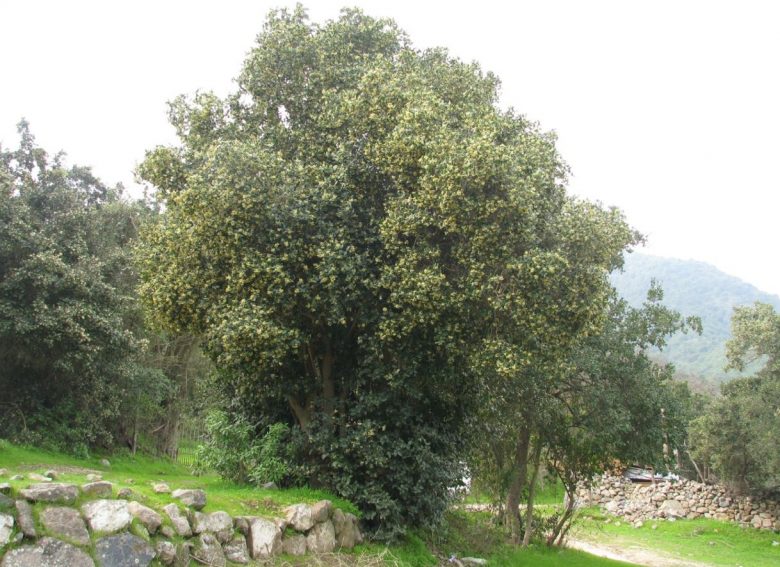
The Peumus boldus it grows in shrub form or as a small evergreen tree, which, on average, does not exceed 7-8 meters in height (15 m maximum).
It has a thick and dark brown bark, while the branches are very thin.
The crown is globular and the growth very slow.
Leaves
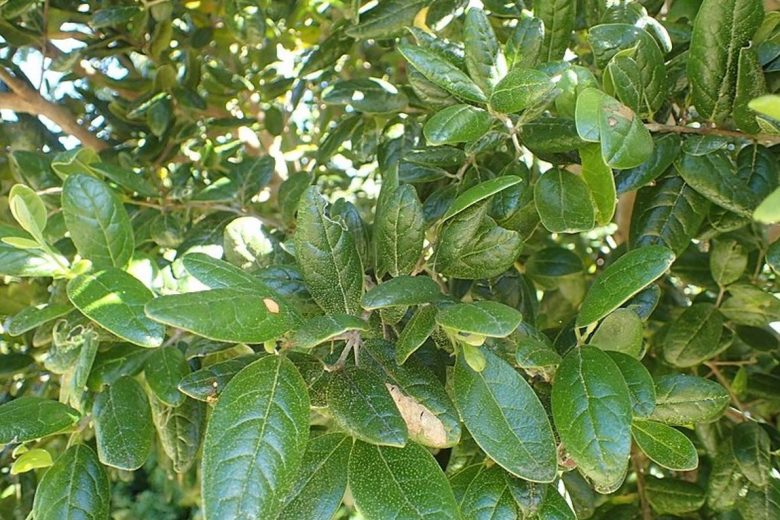
The leaves of the boldo are the part of the plant used in herbal medicine. They are opposite two by two on the branches, with a very short petiole, varying in shape from almost round to oval or elliptical. The base is rounded or heart-shaped, the apex is obtuse or rounded, sometimes smarginato, ie engraved in two small lobes. The leaf margin is whole and folded down. The upper page is dark green and papillose, that is, with small protuberances, and with the main rib sunken. The underside is lighter and has prominent ribs.
The consistency is leathery, rough to the touch.
Flowers
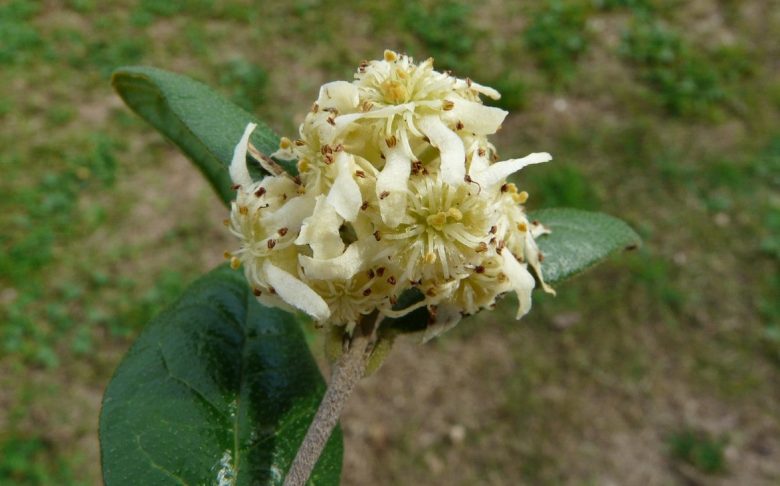
The boldo is a dioecious plant, that is to say that it develops the female and male flowers on different individuals, a bit like we have seen when talking about cannabis sativa. Both types of flowers develop in corymbs placed at the axil of the leaves and in the terminal part of the branches.
The male flowers are yellowish and provided with numerous stamens. The female flowers are whitish and have an ovary. In the places of origin, flowering occurs between July and August, therefore in winter. In our latitudes, on the other hand, it is plausible that it blooms in spring.
Fruits
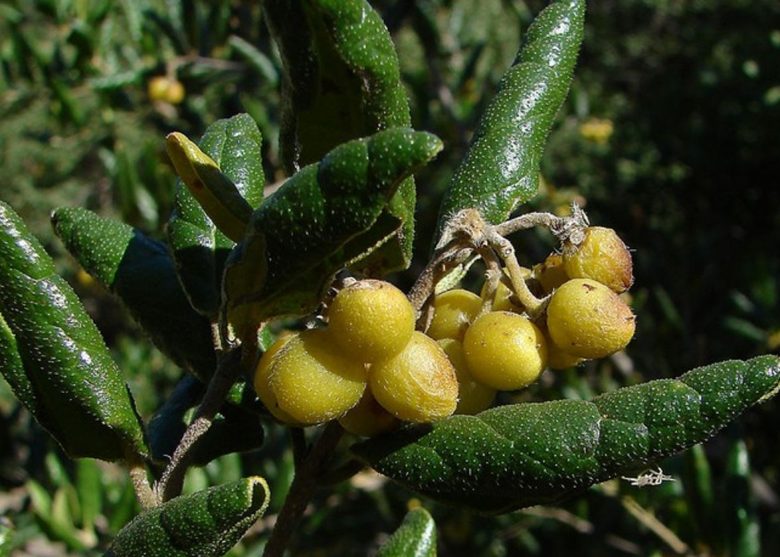
Fruit not yet ripe
The fruit consists of small drupes, greenish during growth, blackish when fully ripe. These are sweet and edible, however they are mostly used for the preparation of artisanal liqueurs, for example the typical Chilean liqueur boldeao.
How to grow boldo in Italy
Being an evergreen plant, boldo suffers from winter frosts, so it can only be grown in the mild areas of the southern regions. Even here, however, we recommend protection from any winter frostespecially in the first years of the plant’s growth.
It prefers sunny exposures, at the limit in partial shade.
Ground
To grow boldo, a medium-textured soil, at the sandy limit, with a good amount of organic substance. The important thing is that it allows excess water to drain, not causing water stagnation.
The soil pH it should be neutral or subacid. The plant shuns strongly alkaline soils.
Basic organic fertilization should be light, employing home compost or earthworm humus.
Sowing
The difficulty of growing boldo is mainly due to the difficult availability of seeds and, if they are found, to their low percentage of germination.
Before sowing they should be soaked in warm water for at least 12 hours or scarified, making micro-incisions on the cuticle.
Sowing should be done in early spring, when temperatures are now mild. It can take up to 2-3 months for the sprouts to appear.
They can be sown directly in small pots, perhaps putting 2-3 seeds per pot, using a mix of peat and perlite (found here).
Transplant
The definitive transplant in the garden should be done in the following spring, therefore after a year of growth in pot. Young boldo seedlings in containers should be cared for by keeping them in a half-shade position, with moist soil in summer, protected indoors in winter.
Irrigation
The boldo loves regular watering in the summer months, especially if there is great drought and high temperatures. Water little and often, without causing stagnation of water.
Pruning
The boldo is a small tree that can be left to grow freely, especially if grown in shrub form. Cutting operations must be limited to removing dry or damaged parts. To use the leaves, the apical parts of the branches are cut.
If, on the other hand, we want to make it develop as a tree with a single trunk, we must periodically remove the suckers.
Parasites
Pay particular attention to young seedlings, which can be attacked by snails And aphids. For biological defense, we advise you to read the related insights.
Active ingredients and properties of boldo
The active ingredients contained in boldo leaves are the following: the alkaloid boldin, the heteroside boldoglucina, flavonoids (isoramnetina), essential oil, tannic substances.
From these active principles derive properties: flavoring, aperitif, digestive, cholagogue, diuretic, urinary tract antiseptic, stimulant.
Indications
Boldo is a plant with many medical properties. It is valuable for the liver and the digestive system in general. When crumpled, the fresh leaves give off a fresh, woody, aromatic smell. In herbal medicine, the dried leaves or mother tincture (found here).
Boldo extracts and tinctures excite the appetite, facilitate digestion, fluidify and increase biliary secretion, attenuate hepatic colic and intestinal spasms, stimulate the contraction of the gallbladder which favors emptying, are useful in case of gallstones, intoxications , liver failure.
You can use the leaves in the home prepare an infusionwith 0.5 g of dry substance in 50 ml of water, to be taken in a cup before meals.

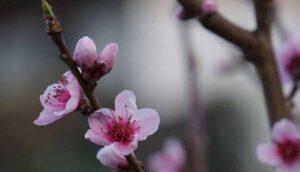
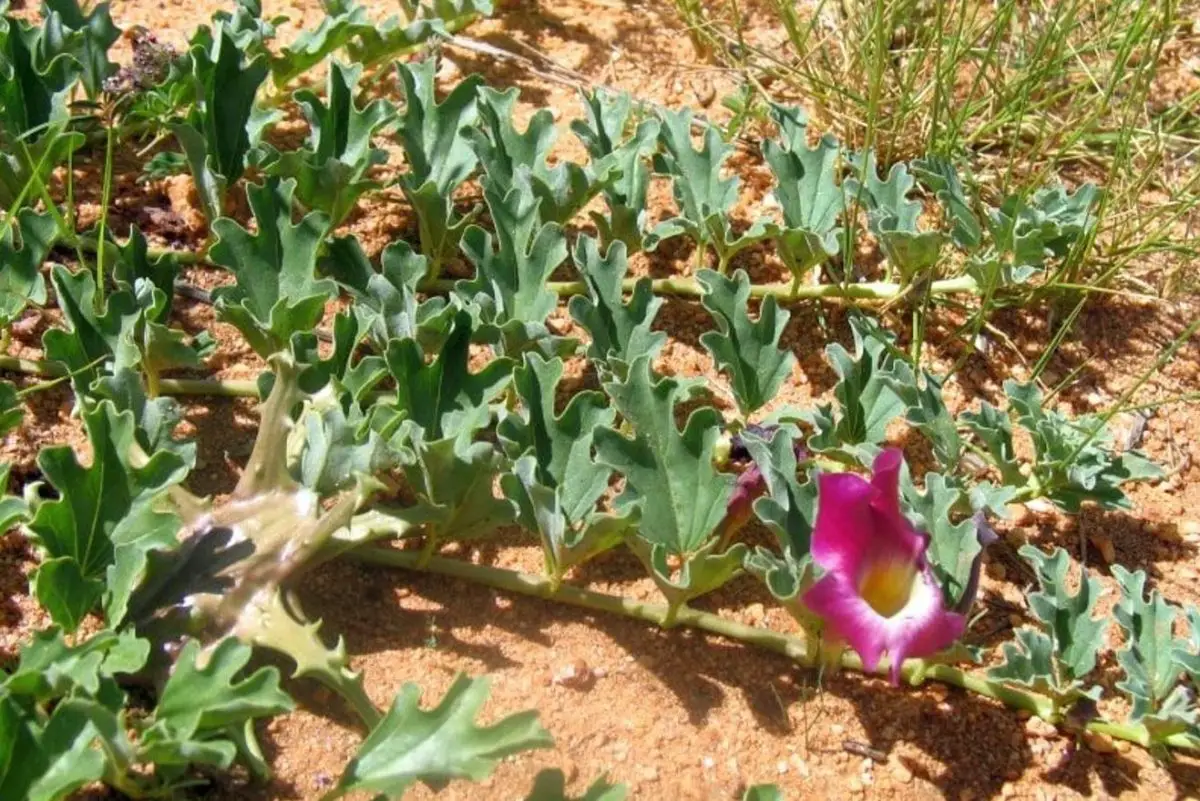
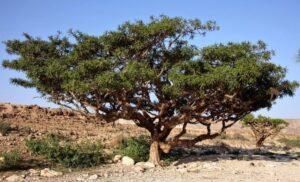
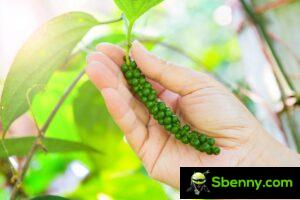
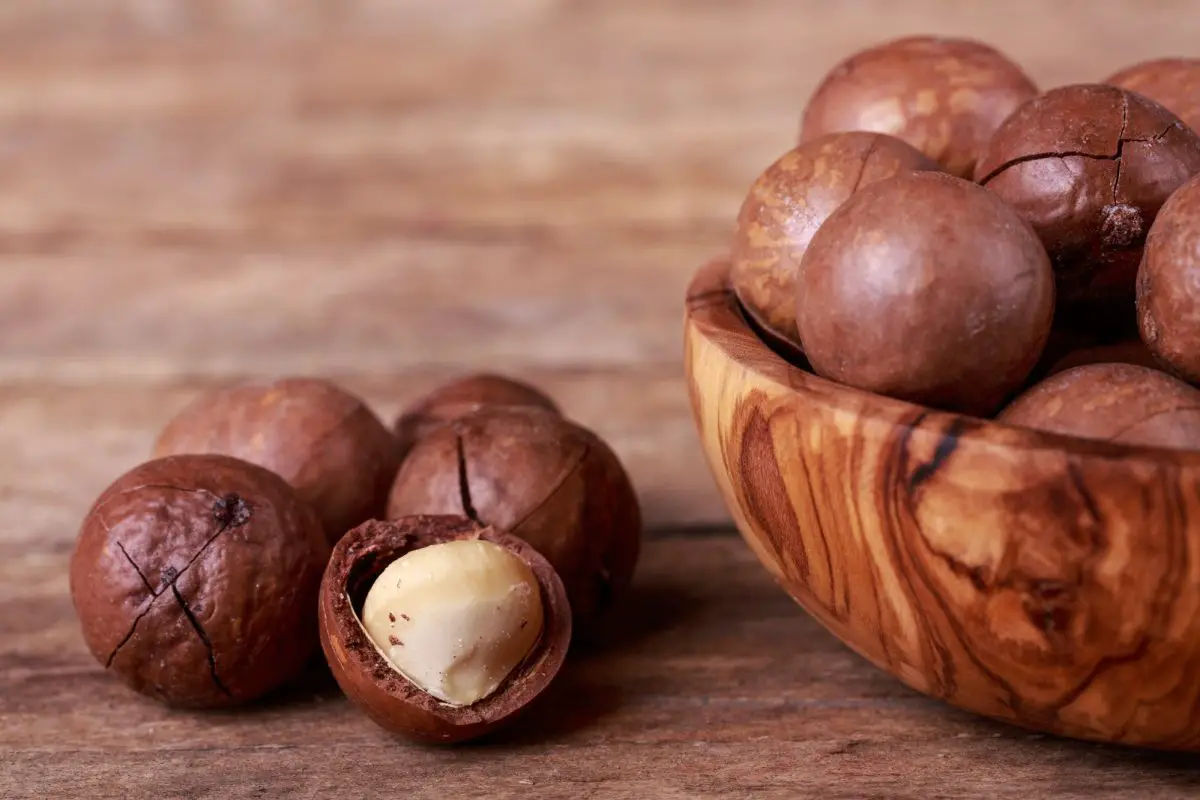
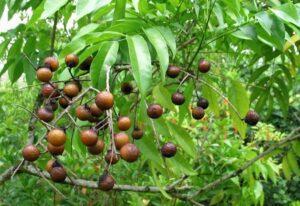
Start a new Thread